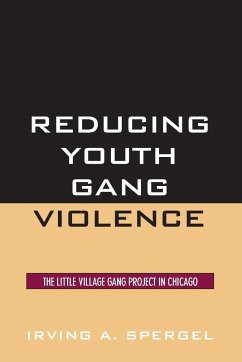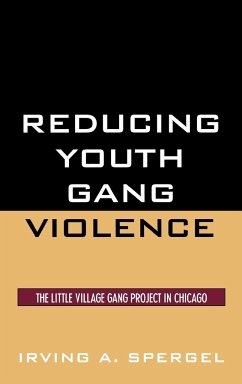
Understanding and Reducing Prison Violence
An Integrated Social Control-Opportunity Perspective
Versandkostenfrei!
Versandfertig in 1-2 Wochen
167,99 €
inkl. MwSt.
Weitere Ausgaben:

PAYBACK Punkte
84 °P sammeln!
Understanding and Reducing Prison Violence considers both the individual and prison characteristics associated with violence perpetration and violent victimization among both prison inmates and staff.













